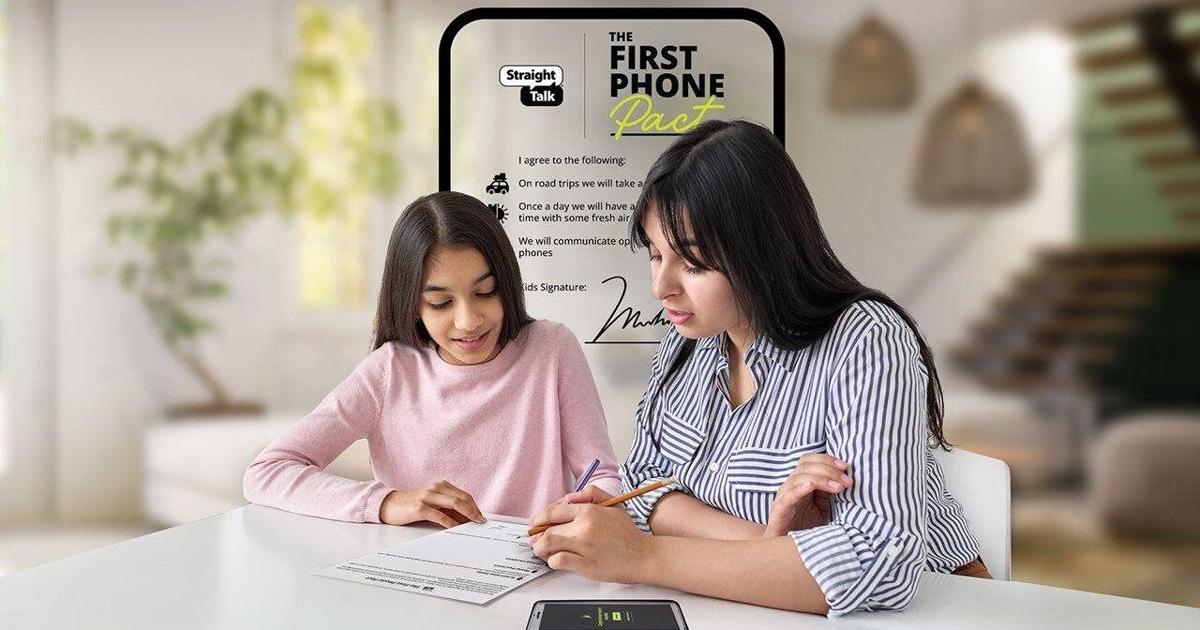The digital age has ushered in a new rite of passage for many children: acquiring their first smartphone. With a significant majority of children receiving their initial device by the age of twelve, parents frequently grapple with understandable anxieties surrounding this milestone. It often feels like granting access to a vast, uncharted digital landscape, but parents possess the crucial power to shape this experience into a profoundly positive journey, fostering responsible digital citizenship from the outset.
Renowned psychologist Dr. Jacqueline Nesi, a specialist in the impact of digital technology on young people’s well-being, emphasizes that a child’s first phone represents a pivotal moment for families. This period necessitates “straight talk”—open, honest, and direct conversations between parents and children about the responsibilities and challenges of technology use. Such dialogues serve as an unparalleled opportunity to establish fundamental digital habits that will support lifelong well-being in an increasingly connected world.
As families prepare for significant transitions, establishing clear smartphone ground rules with children should be a paramount consideration. To facilitate these essential conversations, Dr. Nesi advocates for five foundational principles, designed to guide parents in setting healthy boundaries. The first critical rule involves designating specific phone-free zones and times within the home environment. For instance, bedrooms and the dinner table can be established as areas where phones are not permitted, promoting present engagement and family interaction.
Furthermore, setting designated phone-free periods, such as during homework sessions or an hour before bedtime, can significantly contribute to a child’s focus and overall digital wellness. These proactive measures help children understand the importance of balancing their digital lives with real-world activities, ensuring that technology enhances rather than detracts from their daily routines.
Another vital aspect involves determining appropriate screen time limits, a decision that should be tailored to various factors including a child’s age, academic load, extracurricular commitments, and household responsibilities. It is crucial to view these limits not as rigid decrees but as flexible guidelines that can be revisited and adjusted as children mature and their needs evolve, fostering an adaptable approach to technology use.
Navigating the delicate balance between respecting a child’s privacy and ensuring their online safety through monitoring phone activity can be particularly challenging for parents. This is where the strategic implementation of parental controls becomes invaluable. These tools empower parents to ensure their children are using their smartphones responsibly, accessing only age-appropriate content, and navigating the digital realm safely, providing a necessary layer of protection.
Proactive communication about consequences for rule infractions is also paramount; parents should not wait for issues to arise before addressing them. Engaging children in a discussion to establish “logical consequences”—outcomes directly related to the specific behavior—can be highly effective. For example, if a child disregards screen time limits for a particular application, a temporary restriction on that app’s access serves as a sensible and impactful response, reinforcing the family’s technology agreement.
Finally, parents must cultivate the habit of recognizing and acknowledging responsible phone use. Positive reinforcement, such as praising a child for adhering to established rules or for demonstrating respectful digital behavior, is just as important as addressing missteps. This positive feedback encourages continued adherence to the family’s smartphone guidelines, building a foundation of trust and accountability.
By thoughtfully implementing these fundamental smartphone rules, families can collaboratively establish a comprehensive phone agreement that serves as a practical roadmap for healthy digital integration. This proactive approach not only mitigates potential issues but also empowers children to develop responsible and balanced digital habits, ensuring a positive and enriching experience with their first phone.






Leave a Reply